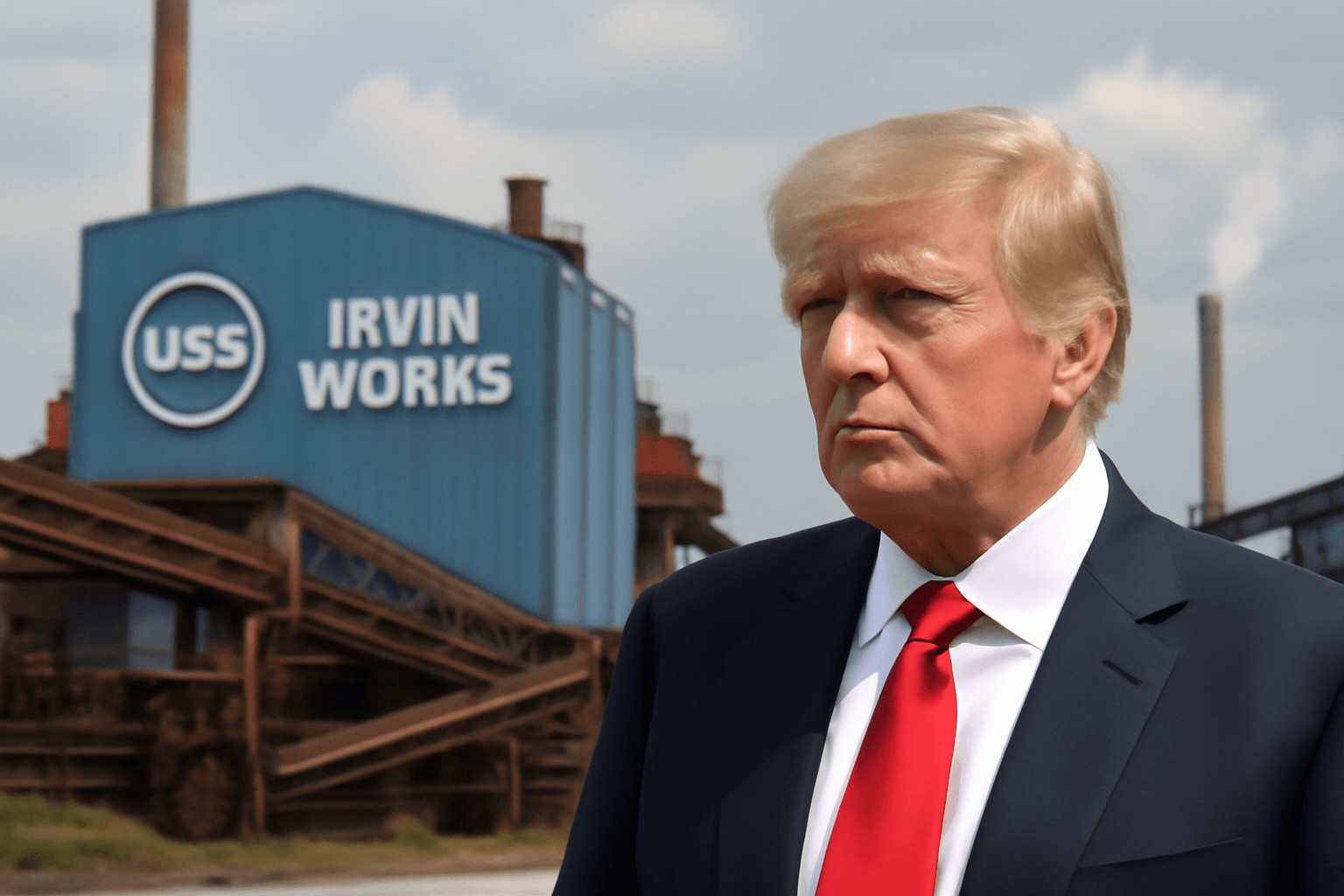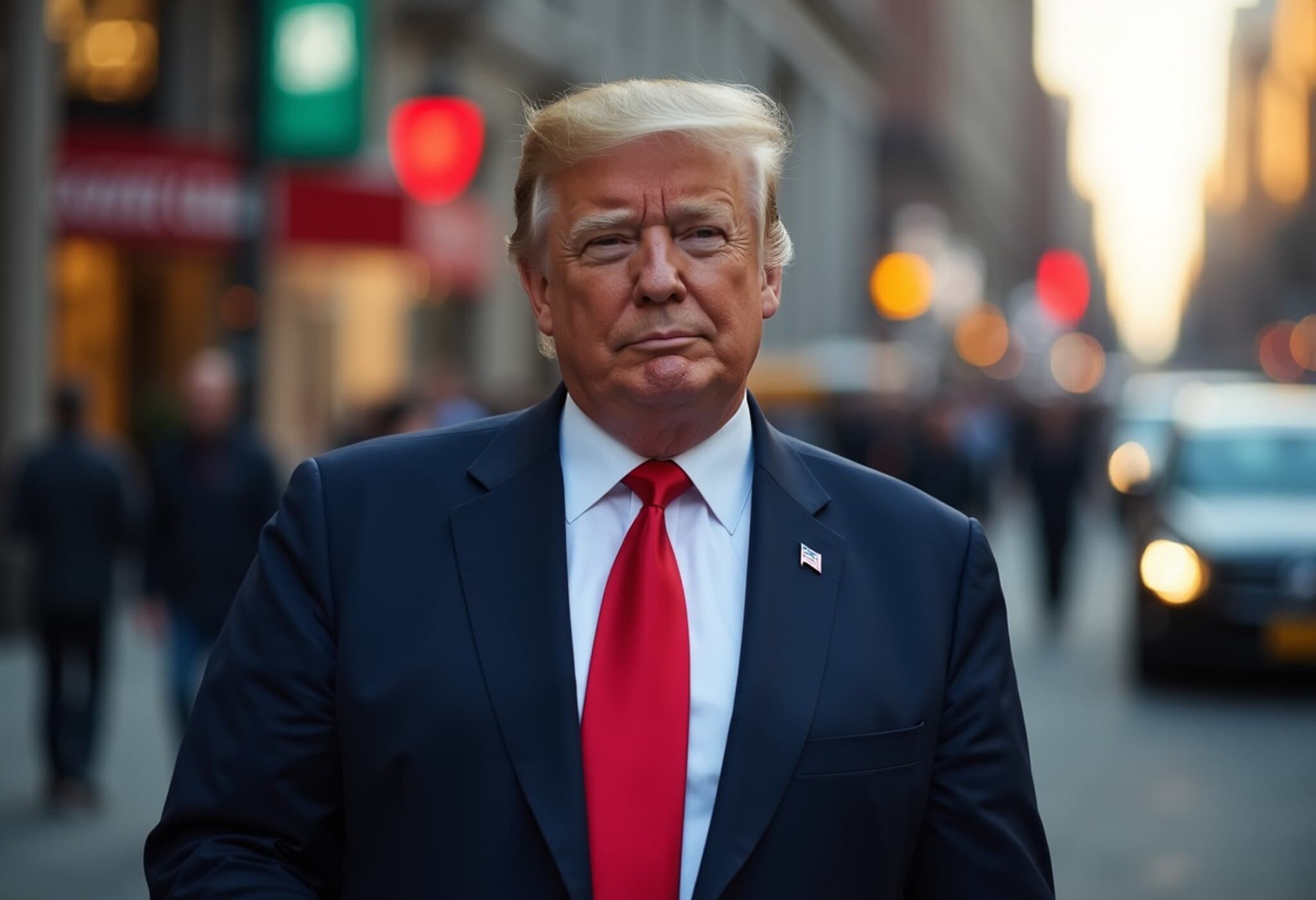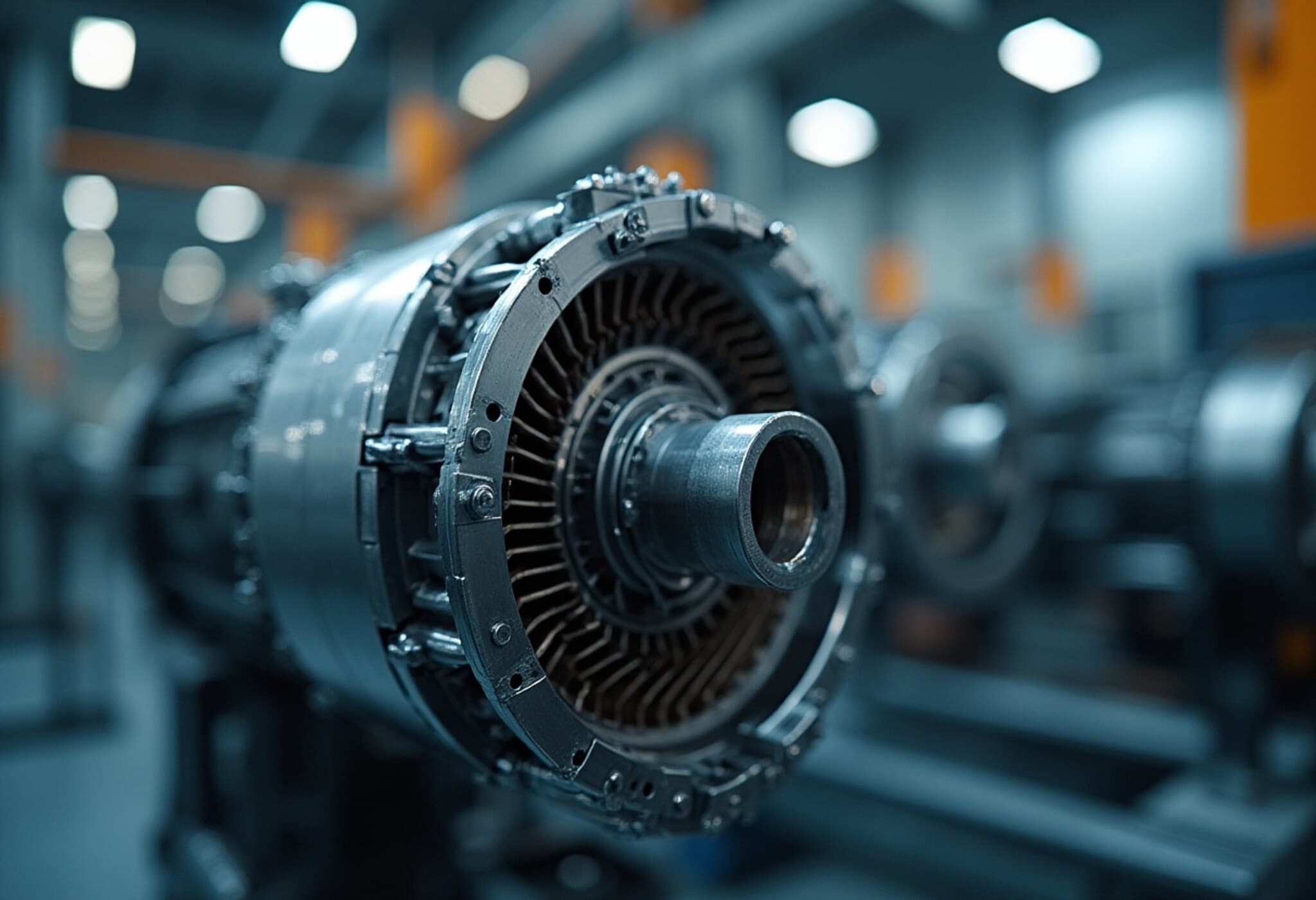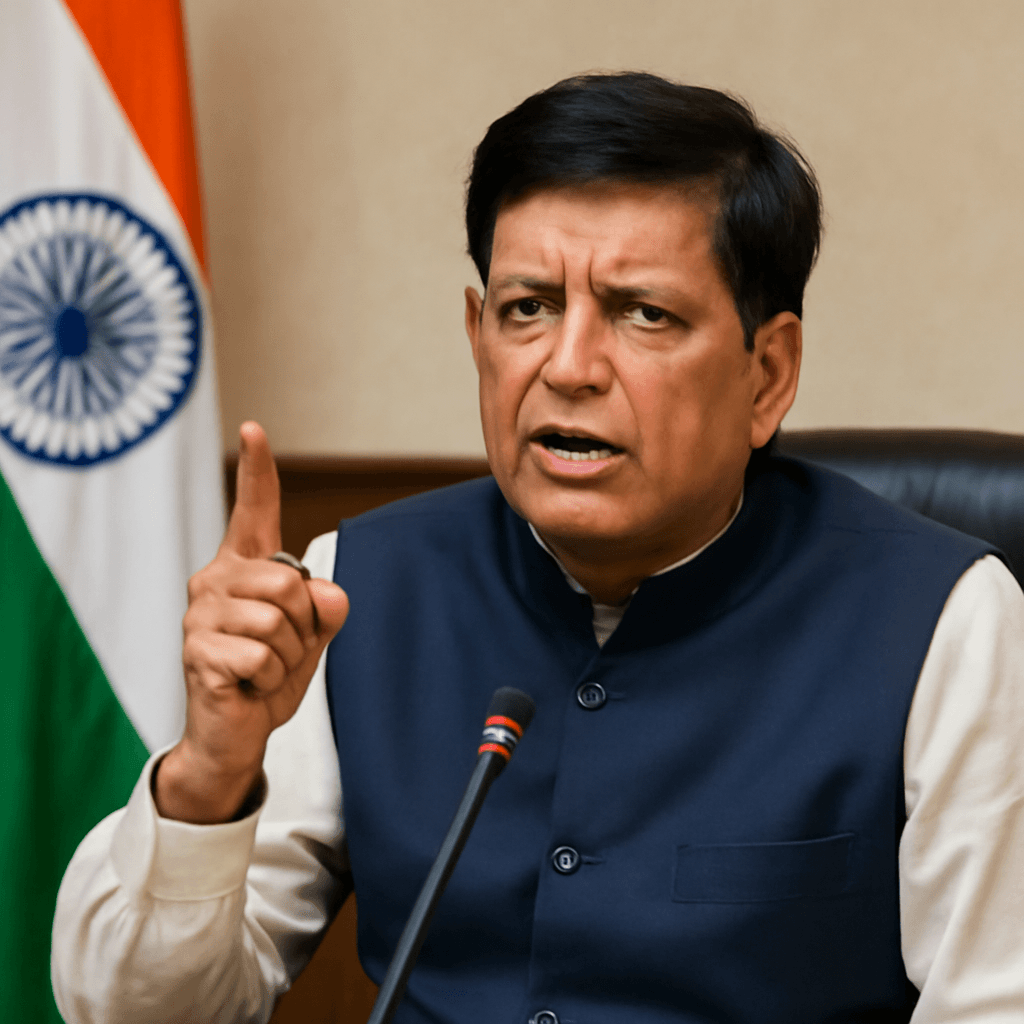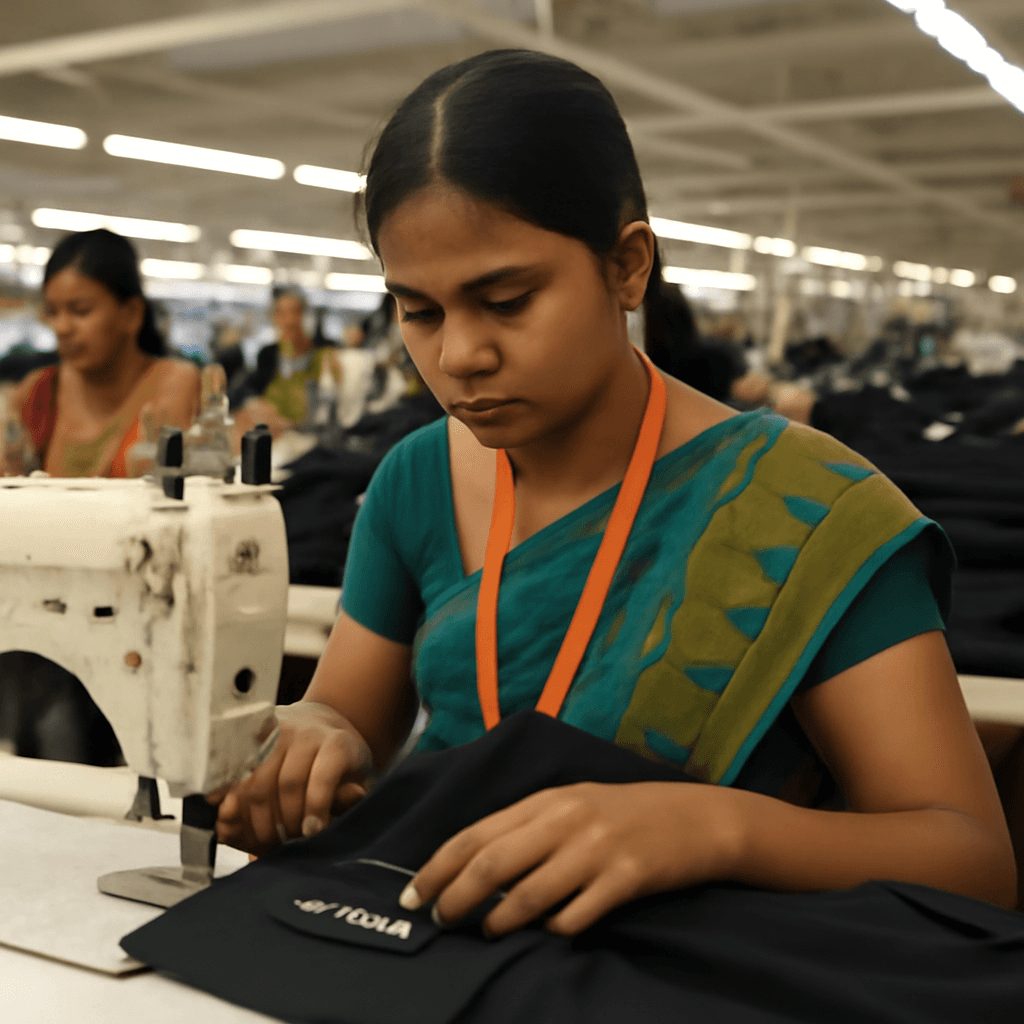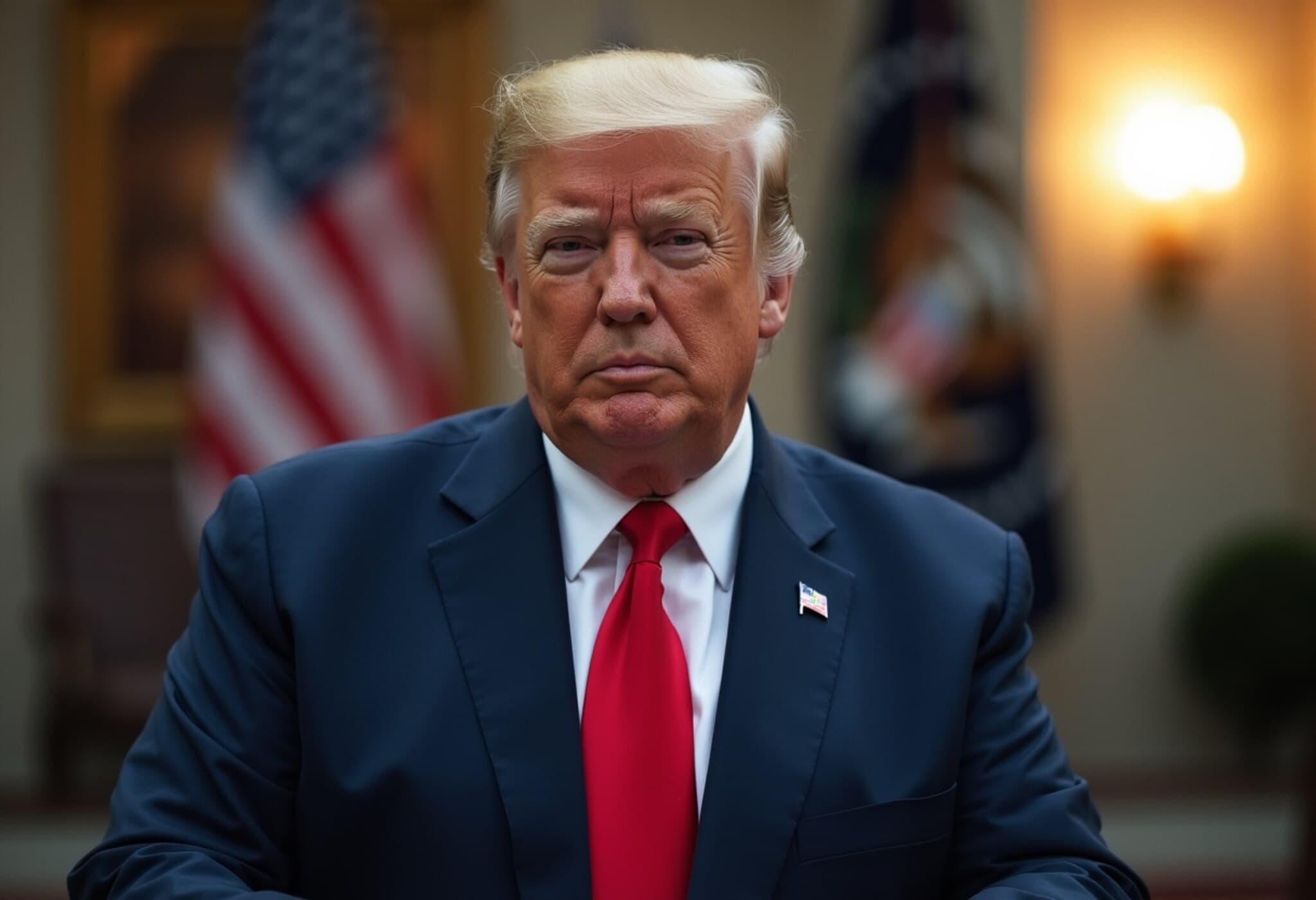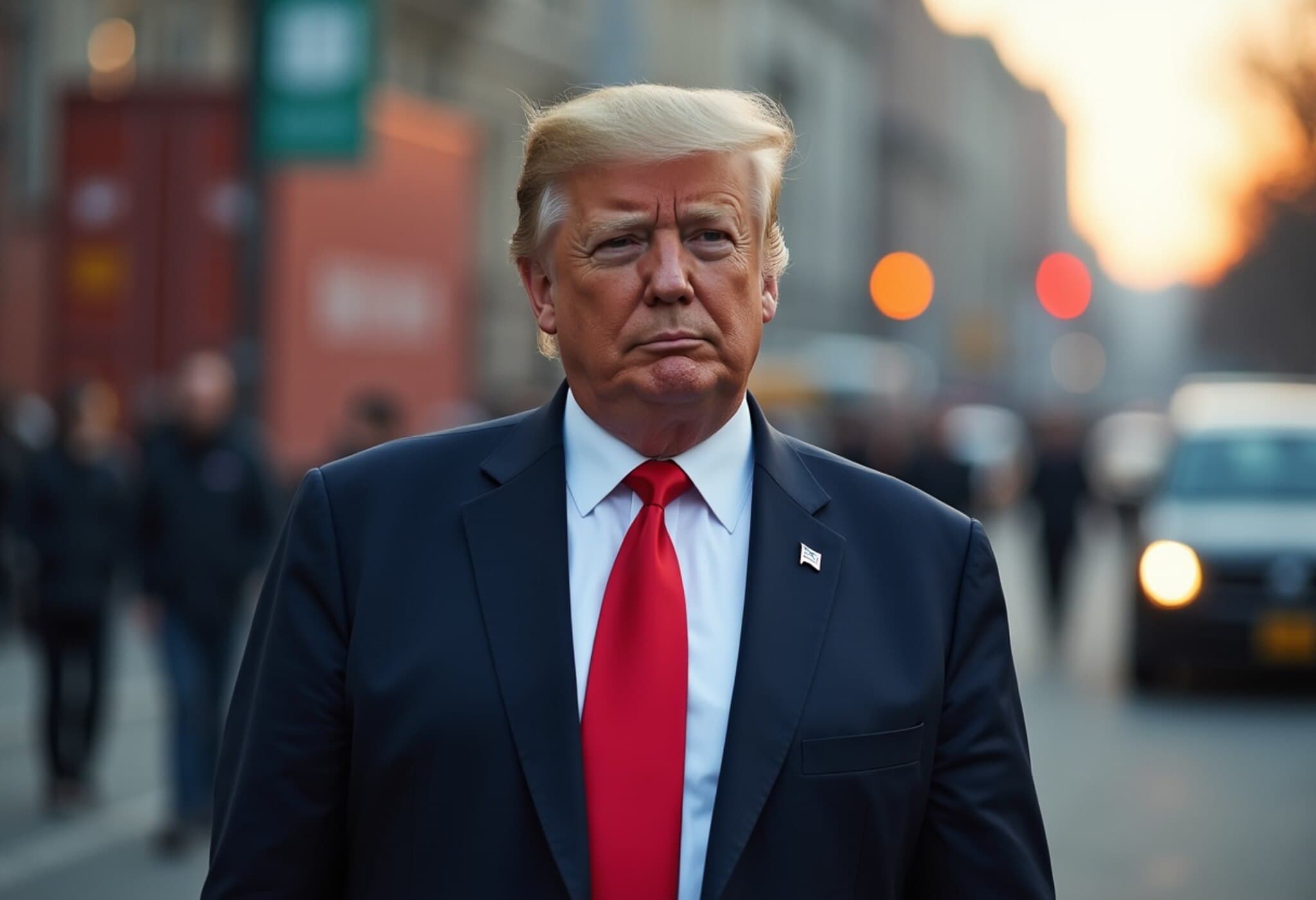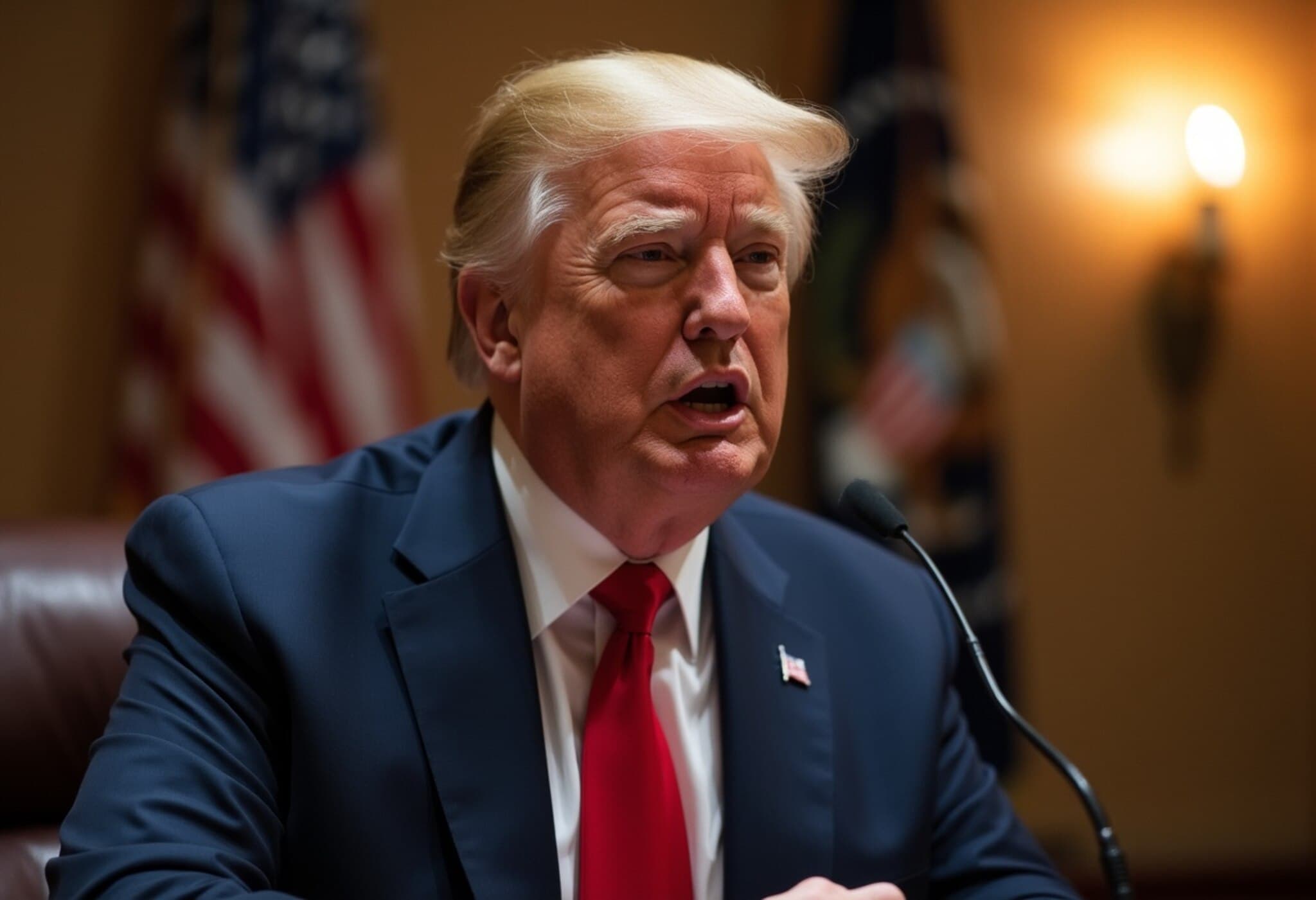India Emerges as a Global Manufacturing Hub amid Shifting Supply Chains
In the wake of enduring U.S.-China tensions and spotlighted supply chain vulnerabilities, global corporations are reevaluating their production strategies. India, with its vast and youthful labor pool and supportive governmental incentives, is increasingly becoming the destination of choice for many seeking to diversify manufacturing beyond China.
Shein’s Strategic Pivot to India
Fast-fashion giant Shein has recently announced plans to drastically scale up its manufacturing operations in India, raising its supplier count from 150 to 1,000 within just a year. This move follows the company's partnership with Reliance Industries, marking a significant return to the Indian market after a previous ban.
This shift is emblematic of a larger, more cautious realignment underway across multiple industries as companies adapt to geopolitical pressures and aim for resilient supply chain models.
Tech Titans Double Down on Indian Manufacturing
Apple’s major expansion in Tamil Nadu, via Foxconn’s investment, signals growing confidence—the proportion of iPhones made in India has jumped from single digits to almost 18% today, with expectations to hit 25% by 2027. Meanwhile, Google's collaboration with Dixon Technologies aims to double its hardware revenue and tap into one of the fastest-growing smartphone markets worldwide.
Bigger Than Smartphones: A Broader Industrial Shift
The manufacturing surge extends well beyond consumer electronics. Vietnamese electric vehicle maker VinFast is investing $2 billion in a Tamil Nadu plant to establish India as an export hub. Aerospace players like Airbus and Pratt & Whitney are increasingly sourcing from Indian suppliers, fueling a 38% year-on-year growth in aerospace exports for 2023-2024.
India’s Competitive Edge and the Challenges Ahead
While India’s large, youthful workforce and initiatives like the Production-Linked Incentive (PLI) scheme, which has attracted over $33 billion in commitments across sectors such as electronics and pharmaceuticals, make it a promising manufacturing hub, hurdles remain.
- Labor issues, including reported forced and child labor incidents, cast a shadow on some supply chains.
- Logistical constraints, bureaucratic delays, and infrastructure gaps persist despite improvements; India ranked 38th on the World Bank’s 2023 Logistics Performance Index.
- Compared to peers like Malaysia and Thailand, India still faces stiff competition in manufacturing efficiency.
As companies worldwide pivot from simply seeking low production costs to valuing political stability, risk mitigation, and incentives, India’s democratic environment and scale present appealing advantages in an unpredictable global landscape.
More Than a China Alternative: A Nuanced Supply Chain Diversification
The evolving global supply chain isn’t about India replacing China outright. Rather, it reflects a nuanced diversification where multiple countries—including Vietnam, Mexico, and Bangladesh—are gaining traction. Reports predict India will be among the leading beneficiaries of this shift, though investors must weigh both the enormous growth potential and inherent operational risks.
Ultimately, India’s manufacturing momentum is a reflection of broader geopolitical and economic transformations shaping how companies plan for the future, underscoring cautious yet strategic decision-making on a global scale.
Upcoming Economic Developments and Market Insights
- India’s recent data shows headline inflation easing to 2.82% in May, with food inflation notably lower.
- The Reserve Bank of India cut interest rates by 0.5 percentage points to 5.5%, reflecting a focus on stimulating growth amid global uncertainties.
- Ongoing U.S.-India trade talks promise a constructive path forward, balancing tariffs and market access.
- Market indicators reveal modest declines, with the benchmark stock indices dipping slightly amid global trade tensions.
What Lies Ahead?
India is set to release new trade data shortly, offering clearer insights into its economic trajectory. Globally, watch for the U.S. Federal Reserve's upcoming interest rate decision, which will influence international markets and investment flows.
The manufacturing renaissance in India is far from a fleeting headline — it’s emblematic of a shifting global order, where resilience, diversification, and strategic partnerships shape the future of industry.





